Why everyone should brush up on their contouring skills
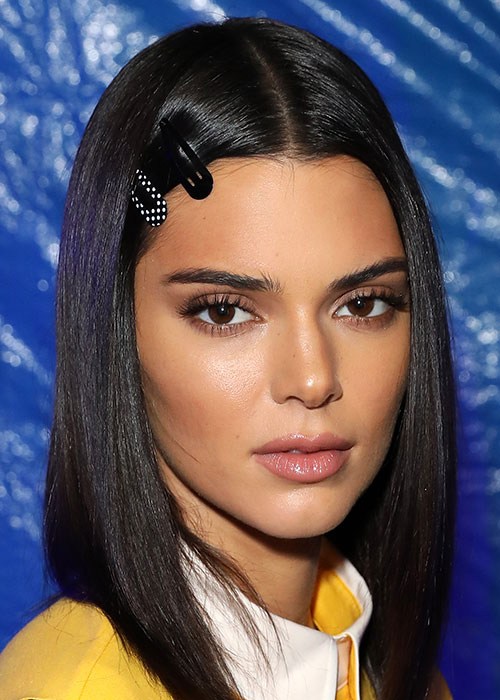
The makeup technique pros and amateurs alike swear by
The makeup technique pros and amateurs alike swear by
Contouring has been a trick of the makeup artist’s trade for a long time, but as of a few years ago (thank you Kim Kardashian!), we’re all in on their secret and now we can’t get enough of accentuating our features. While we admit things got a little out of hand there for a while (case in point right here), when you go back to the basics, it’s a technique everyone should master. So, we asked the experts to talk us through exactly how to contour. Bookmark this page, stat.
What is contouring?
“Contouring is when you use a matte powder, liquid, cream or stick product of your choice that's a few shades darker than your skin tone,” says Kat Von D Beauty Artistry Collective, Steffanie Strazzere. “You use this product to shade areas you'd like to define or reshape; commonly contoured areas would be the nose, forehead, chin, and cheekbones.”
The benefits of face contouring
If you’ve ever seen *that* before and after contour and highlight makeup selfie of Kim Kardashian, you’ll know this technique can work near-miracles. “The benefit of contouring is to change the shape of the face, or features you may want to appear larger or smaller,” says Strazerra. “It’s used to make cheekbones appear higher and more defined, or jawlines more pronounced. Contouring your forehead will give the face more dimension and can be used to make the forehead appear smaller. Contouring your nose can make it appear smaller, thinner, more symmetrical or more defined.”
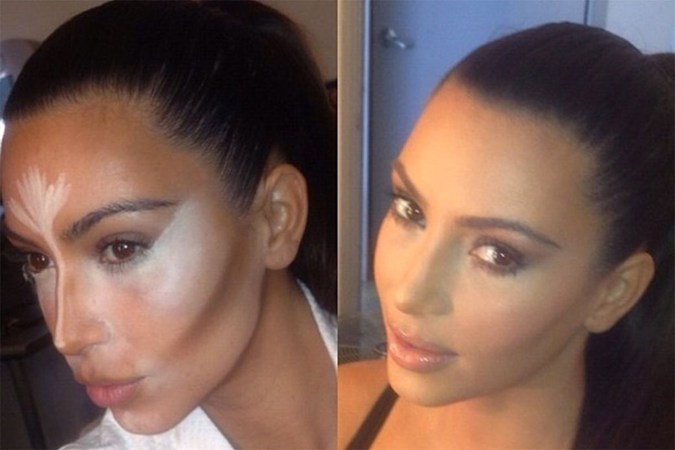
In your contour kit
Since contouring became so popular, the sheer number of contour makeup and palettes available have grown, too. So it’s easy to get confused by all the options. “Products I recommend for contouring are first and foremost always matte,” says Strazzere.
For beginners, Sephora Australia’s National Artistry Lead, Alphie Sadsad recommends “starting with a powder palette like the Anastasia Beverly Hills Original Contour Kit because you can start with a subtle contour and build up the intensity”.
For more experienced contour fans, he suggests opting for a contour stick like NUDESTIX Tinted Blur Stick, which allows for an ultra-precise application. “You can then apply a contour powder on top to intensify the contour,” says Sadsad. Strazzere’s top product pick is the Kat Von D Beauty Shade + Light Face Palette: “I love the refillable inserts that are both cream and powder with a shade for everyone,” she explains.
Besides your contour palette, Sadsad notes the importance of finding the perfect makeup brush. “Tools are super important here - an angled brush like the Dior Backstage Contour Brush N°15 hugs the curves of your face, making applying and blending a breeze.”
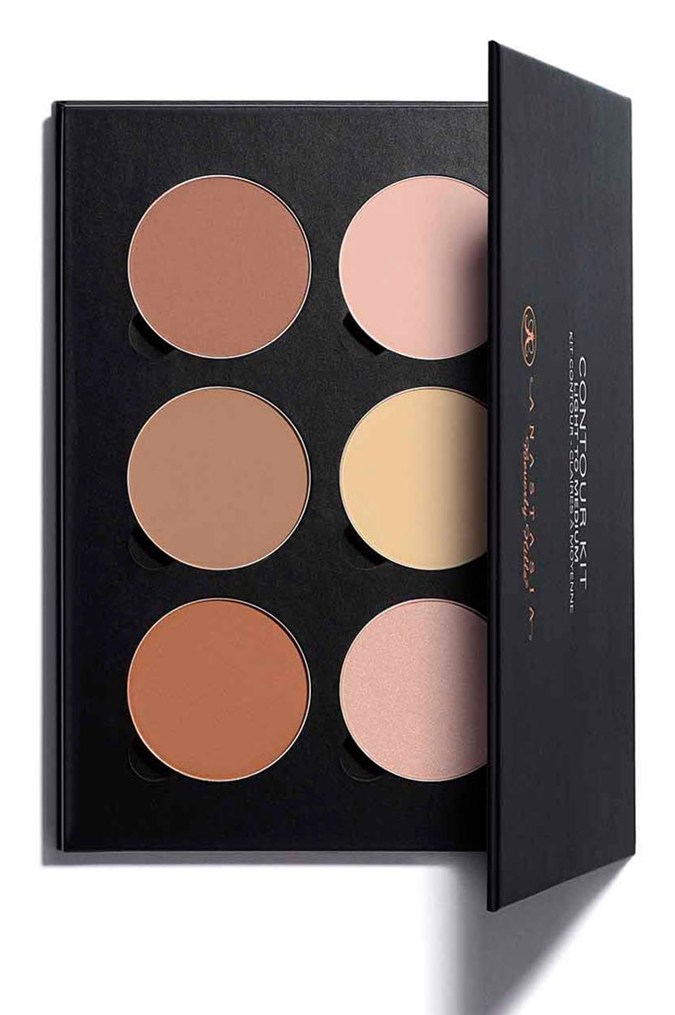
Anastasia Beverly Hills Original Contour Kit
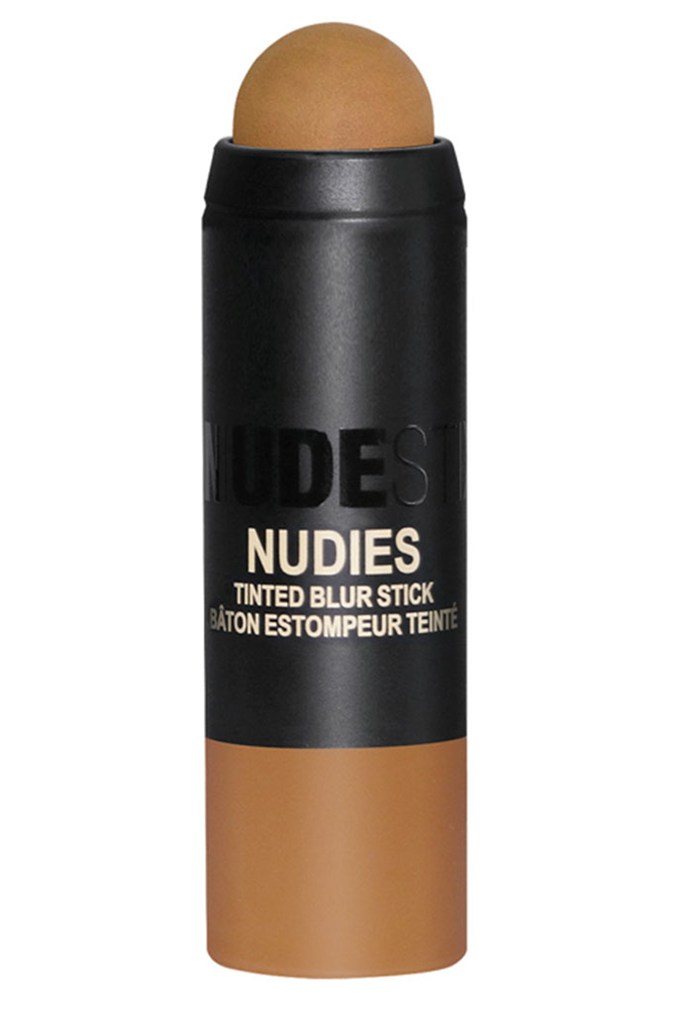
NUDESTIX Tinted Blur Stick
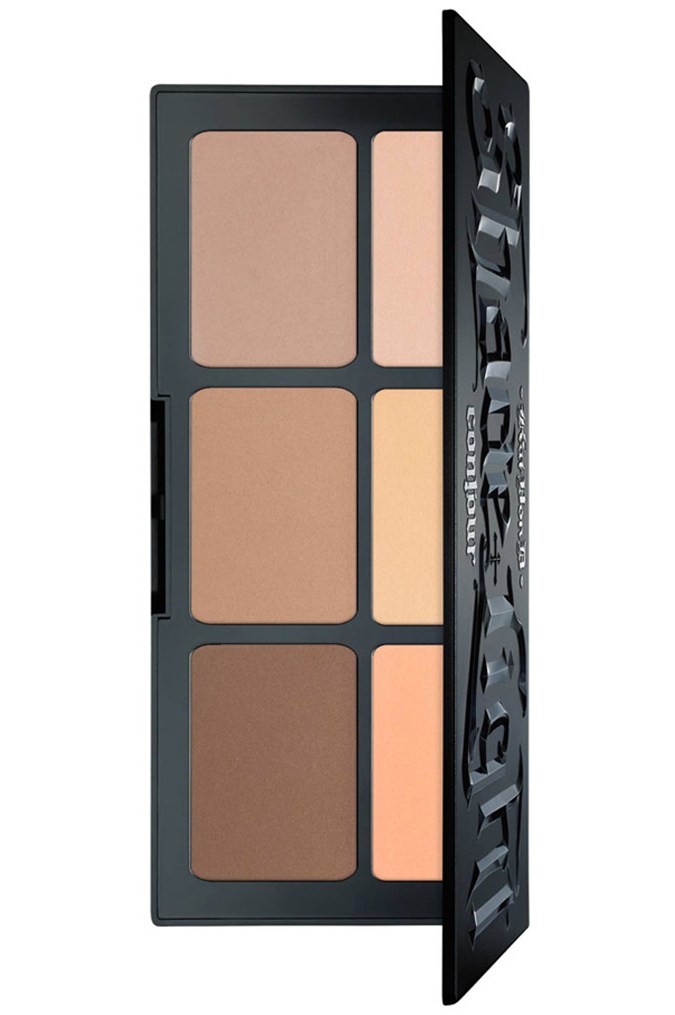
Kat Von D Beauty Shade + Light Face Palette
Choosing the right contouring shade
This is an important step to get right, because you need the end result to look seamless. No one should ever actually know you’ve contoured. “I usually always recommend something with a slight taupe undertone a few shades deeper than your natural skin tone,” says Strazzere. Sadsad also advises choosing a contouring shade “with a grey undertone so it looks like a shadow, not one tinged with orange or red like you'd find in a bronzer”. Remember, bronzer is for creating a sun-kissed glow, and contour’s purpose is to add definition.
Picking the right formula for you
“Generally speaking, powder suits everyone - it’s great for beginners or those wanting soft definition, and has the benefit of controlling oil and shine,” says Sadsad. “Creams and sticks tend to be very similar in terms of formula, it’s just the method of application that differs - with a brush for cream contour in a palette or straight from the stick. They’re more pigmented so deliver a stronger look, are easy to blend out and ideal if you are wanting a dewy finish.”
How to contour the face
You want to contour definition into your features, so apply contour to the areas you want to recede. “This will differ depending on your face shape, but for most that means under your cheekbones, down your hairline toward your temples, under your chin and down the sides of your nose,” says Sadsad. Contouring should be applied after your foundation.
To contour each area of your face, Strazzere has these instructions:
Contour your forehead
“With the deeper colour, place a few dots of colour starting at the temples following the hairline. If you have a larger forehead, add a bit more colour straight into the hairline to minimise the shape of the forehead.”
Contour your cheeks
“To emphasise your cheekbones, find the hollow of your cheek by placing your fingers on the sides of your face; where you feel the dip in your jaw bone, just above is where you place your product. Blend towards the centre of the face.”
Contour your nose
“When contouring a nose, you use less product. Symmetry is key with this! You can continue the contour from the nose into the brow/orbital bone if you have a shorter nose to add length or width.”
To complete the look, Sadsad recommends highlighting the high points of your face with a luminiser or lighter concealer. “Think: tops of the cheekbones, bridge of the nose, Cupid's bow and brow bone. Make sure everything is blended.” To finish, “[apply] blush on the apples of your cheeks, then set with translucent powder or spray”.
Watch our contour tutorial video for more tips.
Before & after contouring
The proof of this technique is in these celebrity pictures!
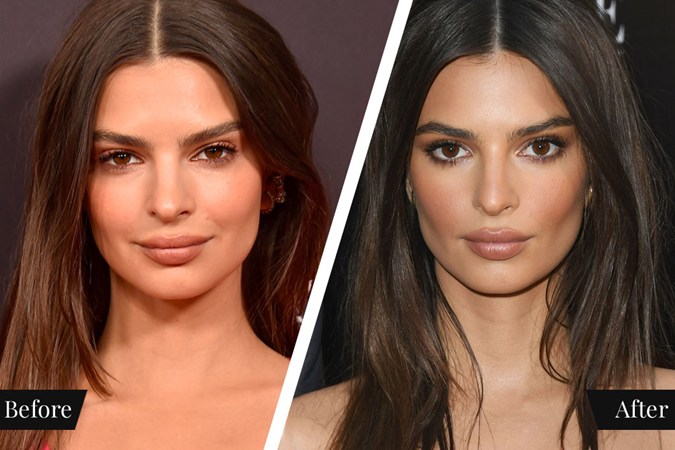
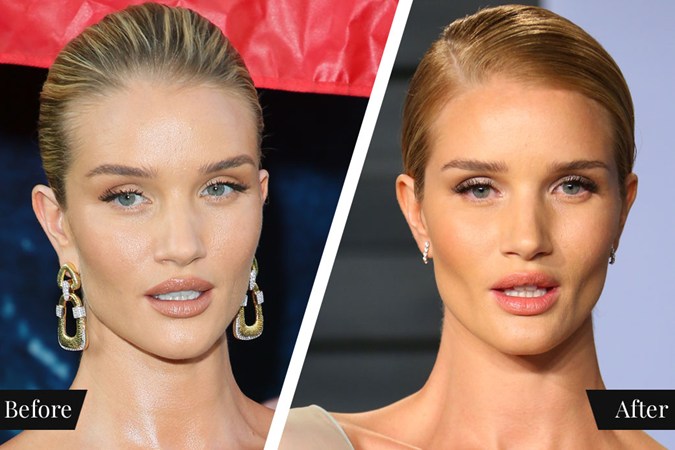
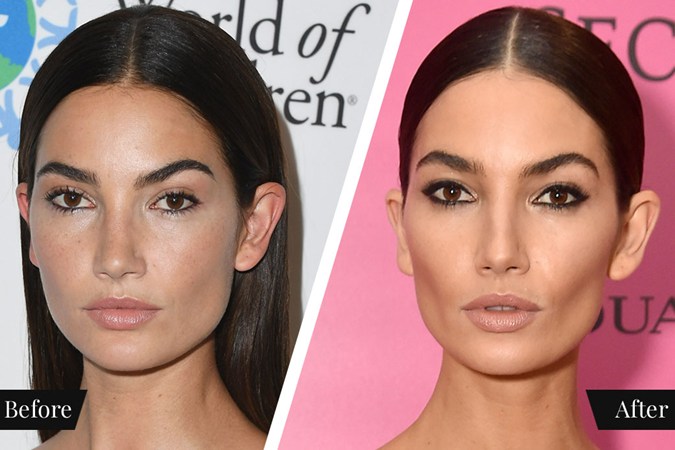
The insider secrets
Tip #1 / “Don’t use shimmer products to contour. Remember that you’re trying to enhance a shadow - anything that catches the light will emphasise, not recede that area,” says Sadsad.
Tip #2 / “Customise your contour to your face shape - not everyone is the same! For example, round and heart-shaped faces would be aiming to minimise the forehead while maximising the jawline, while square-shaped faces would want to play down more angular features,” suggests Sadsad.
Tip #3 / “Pay attention to your natural bone structure and how you want to accentuate or refine it. This will always give you much more success rather than trying to contour your own face like someone else’s face who has an entirely different bone structure than you. Just remember that wherever you place the deeper tones it will give the appearance of setting back that part of the face, and where you add highlighter makeup is to bring that feature forward!” says Strazerra.
Tip #4 / “Don’t go overboard! Like all makeup, contouring is about accentuating your features rather than changing them,” reminds Sadsad.
For even more contouring tricks - check out these additional makeup artist tips.
Contouring and highlighting go hand in hand - here’s how to nail your highlighting technique.
If you don’t want to buy any new products, but still want to give contouring a go, try Kate Hudson’s product hack - we guarantee you already have this in your makeup kit.
Do you contour regularly? What are your picks for the best contouring products?
Main image credit: Getty
Inset image credits: @kimkardashian; Getty

Chelsea is BEAUTYcrew’s Contributing Editor. She has a sweet spot for anything that claims to make skin glow and won’t leave the house without a slick of mascara. Chelsea has 10 years of experience as a beauty editor and her words can be found on BEAUTYcrew, Women’s Health, Daily Addict, The Joye and Primped.







